Title: Breakthrough Direction and Potential Innovation of Future Cooling Fan Technology
Introduction:
The cooling fan technology has been an integral part of various electronic devices, industrial machinery, and even residential HVAC systems. Its primary function is to dissipate heat generated by these systems to maintain optimal performance and prevent overheating. With the rapid development of technology, the cooling fan industry has also evolved, and new breakthroughs are expected in the near future. This article will discuss the breakthrough direction and potential innovation of future cooling fan technology.
1. Advanced Materials
The use of advanced materials is expected to play a crucial role in the development of future cooling fan technology. Materials with high thermal conductivity, such as graphene, will enable the production of fans that can efficiently dissipate heat. Moreover, the use of advanced polymers and composites will result in the development of lightweight and durable fans, which will be beneficial for transportation and storage.
2. Enhanced Efficiency
One of the primary goals of future cooling fan technology is to enhance efficiency. This can be achieved through the development of new fan blade designs, improved motor technology, and optimized aerodynamic structures. For example, the use of variable-speed motors will allow fans to adjust their speed according to the heat load, resulting in energy-efficient operation. Additionally, the integration of renewable energy sources, such as solar power, will further improve the efficiency of cooling fan technology.
3.智能化(Intelligentization)
The integration of artificial intelligence (AI) and machine learning (ML) technologies is expected to revolutionize cooling fan technology. AI-enabled fans will be able to learn and adapt to the specific needs of the system they are cooling, resulting in optimized performance. For instance, an AI-powered fan could adjust its speed and angle automatically to maximize heat dissipation based on the environment and system requirements. This will not only improve efficiency but also extend the lifespan of the fan and the system it is cooling.
4. Smaller and Lighter Design
The trend towards miniaturization and portability in various electronic devices and machinery is driving the demand for smaller and lighter cooling fans. The development of new materials and advanced manufacturing techniques will enable the production of smaller and lighter fans that can be easily integrated into these systems. For example, the use of 3D printing technology will allow the production of complex fan structures with minimal material waste, leading to lighter and more compact designs.
5. Environmental Sustainability
With growing concerns about climate change and environmental sustainability, the cooling fan industry is also expected to embrace green technologies. The development of eco-friendly materials, such as biodegradable polymers, will reduce the environmental impact of cooling fans. Additionally, the integration of energy-efficient technologies, such as solar power and renewable energy sources, will contribute to the reduction of greenhouse gas emissions.
Conclusion:
In conclusion, the future of cooling fan technology is expected to be shaped by advanced materials, enhanced efficiency,智能化(Intelligentization), smaller and lighter design, and environmental sustainability. The ongoing research and development in these areas will lead to the creation of innovative cooling fan solutions that can efficiently and effectively dissipate heat in various systems, while minimizing their environmental impact.
Title: The Importance of High-Efficiency Cooling Fans in Server Rooms Introduction Server rooms are an integral part of modern-day businesses, housing crucial data and applications that drive operations. The equipment within these rooms, such as servers, storage units, and networking devices, generate significant heat due to their constant use. This heat can lead to overheating, causing critical failures and affecting the overall performance of the devices. Therefore, it is crucial to maintain a suitabl...
Title: The Influence of Blade Design of Cooling Fan on Airflow and Air Volume Introduction: The cooling fan is an essential component in many industrial and domestic applications, such as air conditioning, refrigeration, and computer systems. The primary function of a cooling fan is to circulate air and maintain the desired temperature in the system. The blade design of the cooling fan plays a crucial role in determining its efficiency and performance. In this article, we will discuss the influence of ...
Title: Stability Requirements for Cooling Fans in Medical Equipment In the realm of medical equipment, stability is crucial. It ensures optimal performance, prevents any malfunctions, and ultimately safeguards patient lives. One of the key components that contribute to stability is the cooling fan. These fans are responsible for keeping the equipment at optimal temperatures, preventing overheating and ensuring smooth operation. As such, it's important to understand the stability requirements for cooling ...
Title: Key Points for Selecting Cooling Fans in Industrial Equipment: A Comprehensive Guide In the realm of industrial equipment, the selection of cooling fans is an essential component that often gets overlooked. The efficiency and effectiveness of these fans directly impact the overall performance of the equipment, leading to either increased productivity or unnecessary downtime and maintenance costs. Therefore, it is crucial to consider several key points while selecting cooling fans for industrial eq...
Centrifugal fans are an air-powered mechanical device widely used in a variety of industrial facilities. The following is a common application method, which enables centrifugal fans to realize automation control, improve work efficiency and reduce the risk of human misoperation.First of all, the automation control system of centrifugal fans can be realized through remote monitoring and commanding, on-site monitoring and control, data acquisition and detection. Through these ways, the running status of the...
Cooling fans are a widely used device in many production areas to help reduce the heat generated by machinery and equipment and to dissipate heat. For personal computers and automobiles, cooling fans are indispensable. In this article, we will explain how cooling fans work and why they are critical to the safety and performance of electrical equipment.Cooling fans work by moving air to remove the heat generated by the equipment. As the fan rotates, it creates a stream of air that removes heat from the equ...
Cooling fan noise control methods can be divided into the following aspects:1. Fan design optimization: choose the right type of fan blade, such as large-size, low-speed fans. Compared with small-sized, high-rpm fans, these types of fans are not only quieter, but also more efficient.2. Reduce the effect of fan imbalance: fan imbalance can lead to strong vibration and noise, and can be reduced by using high-quality fan materials and superb processing technology.3. Adopt noise-reducing cover: Noise-reducing...
Title: The Importance of High-Efficiency Cooling Fans in Server Rooms Introduction Server rooms are an integral part of modern-day businesses, housing crucial data and applications that drive operations. The equipment within these rooms, such as servers, storage units, and networking devices, generate significant heat due to their constant use. This heat can lead to overheating, causing critical failures and affecting the overall performance of the devices. Therefore, it is crucial to maintain a suitabl...

High Quality Cooling Fans

Rotary Blowers

Iron Electric Bracket Fan
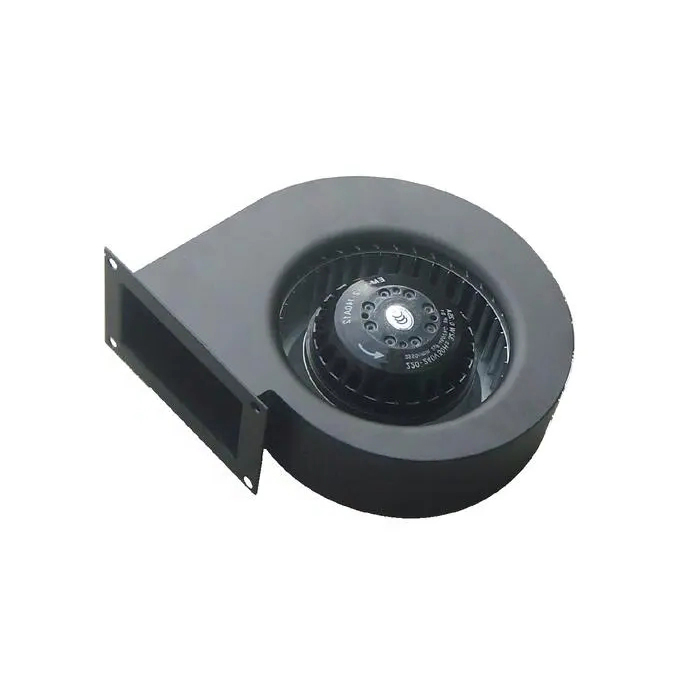
Double inlet centrifugal fans
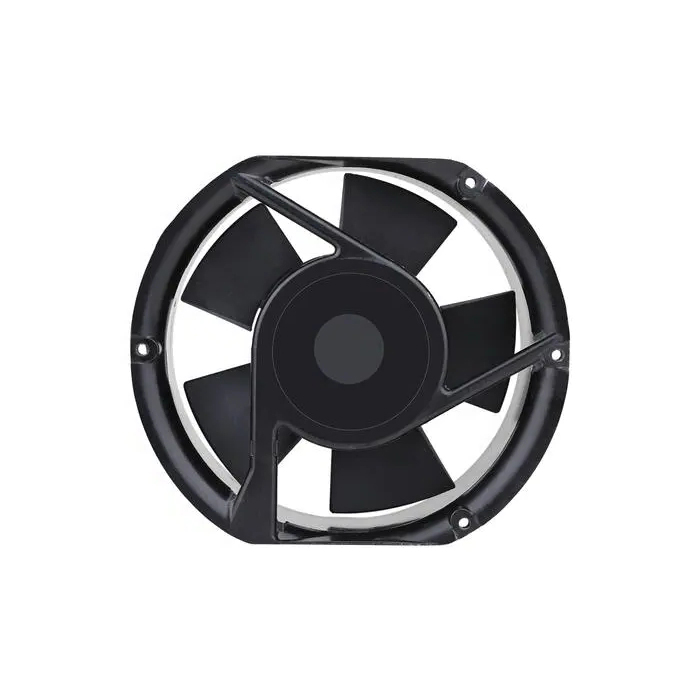
High-pressure inclined channel centrifugal fans

Vintage Bracket Fans
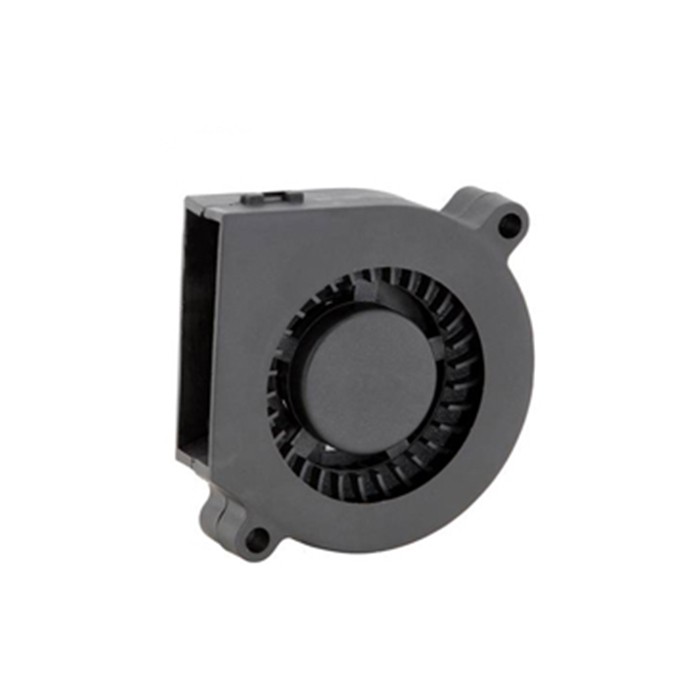
Barbecue Blowers

Fiberglass reinforced plastic centrifugal fans
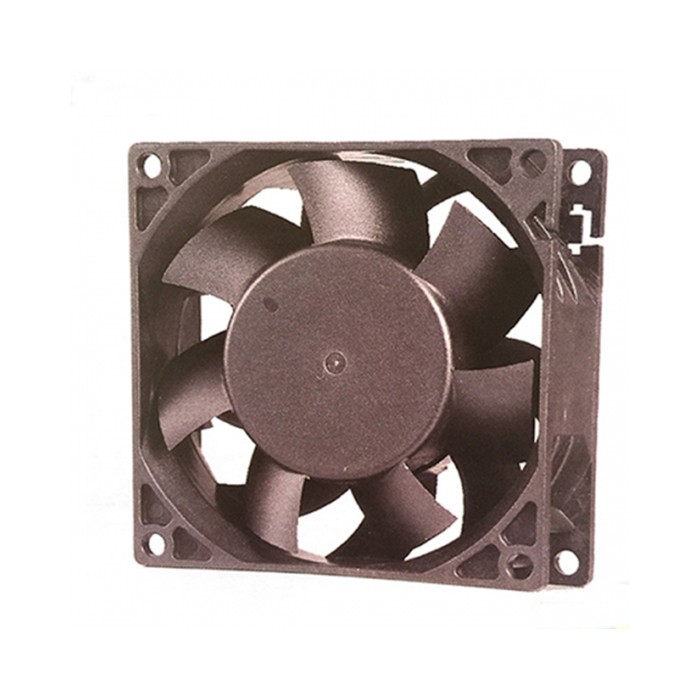
Circular Axial Fans

DC fan speed reduction

High-speed blowers
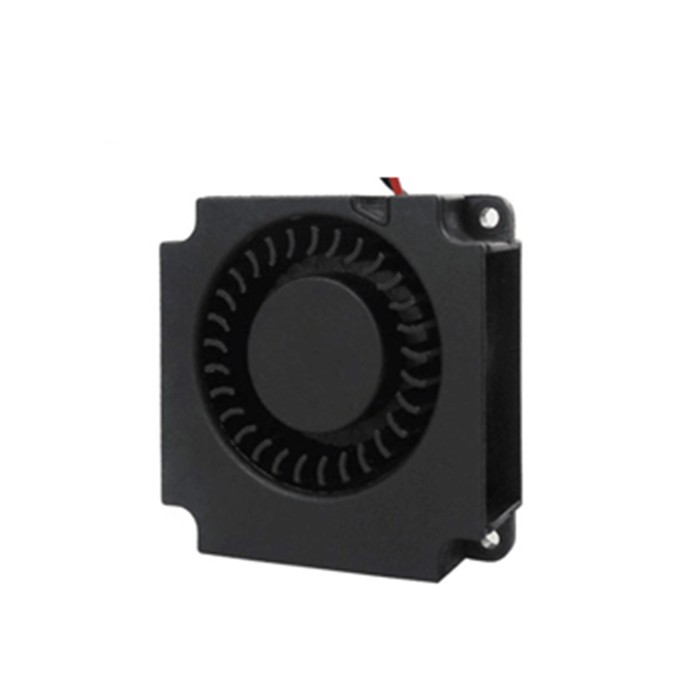
DC Blowers